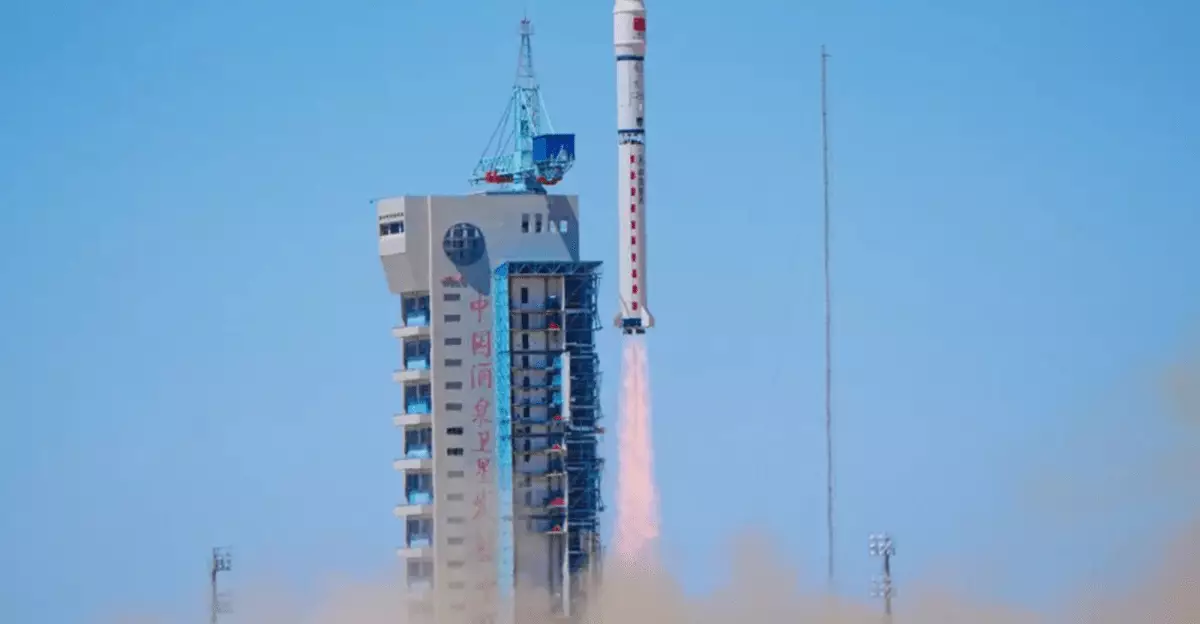The emergence of China’s ADA Space as a leader in satellite-based artificial intelligence technology marks a pivotal moment in the field of data processing and computational power. Recently, ADA Space successfully launched the first batch of 12 satellites from a vast projected network of 2,800. This ambitious project, part of the “Star Compute” initiative, holds the promise of transforming how we handle data in a digitally-driven age. With each satellite equipped with an impressive 8-billion parameter AI model capable of 744 tera operations per second, the implications for industries ranging from gaming to emergency response are monumental.
Decentralized Data Processing: A Game Changer
One of the most revolutionary facets of this satellite constellation is its self-sufficient data processing capabilities. Traditional systems often rely on terrestrial infrastructures, which can be bottlenecks in the flow of information. ADA’s satellites, however, can process data in orbit and enjoy seamless communication with one another through high-speed laser connections of up to 100 Gbps. This setup promises to drastically reduce latency in data transmission and alleviate issues related to bandwidth limitations that plague conventional systems. The notion that less than 10 percent of satellite data reaches Earth due to existing communication hurdles highlights the crucial need for a paradigm shift, and ADA Space is stepping up to address this gap head-on.
Potential Applications and Broader Implications
Beyond sheer computational power, the capabilities of these satellites to create 3D digital twin data sets broaden their application scope. Whether it’s for designing virtual environments in gaming or managing real-time data for emergency responders, the potential use cases are vast. The incorporation of advanced scientific payloads, such as X-ray polarization detectors that measure cosmic phenomena, represents a dual-purpose strategy—advancing both data-processing technology and scientific exploration. This broad spectrum of application highlights not just technological advancement, but also a shift towards leveraging space technology for Earth-based solutions.
Strategies for Future Growth
With a long-term goal of achieving a staggering 1,000 peta operations per second, the aspirations of ADA Space are anything but modest. The Chinese government’s significant investment and support in this initiative signal a commitment to not only competing on a global scale but also leading the frontiers of aerospace technology. This unprecedented scale of satellite deployment necessitates careful consideration of frequencies, orbital slots, and the potential for collaboration—both national and international. As nations increasingly recognize the need for advanced data processing capabilities, the strategic implications of ADA’s project cannot be understated.
A Cautious Yet Optimistic Outlook
While the project promises groundbreaking advancements, it is essential to maintain a critical perspective. The rollout of a network of this magnitude carries inherent risks, including spectrum congestion and potential geopolitical tensions arising from space-based capabilities. However, the potential rewards—enhanced real-time analytical capabilities and deeper cosmic insights—paint an optimistic future for space technology innovation. The question remains: will this be a collaborative endeavor across nations that fosters shared scientific growth, or will it spiral into a competitive race to dominate orbital technology? The answer could shape the landscape of data processing and artificial intelligence for decades to come.


Leave a Reply